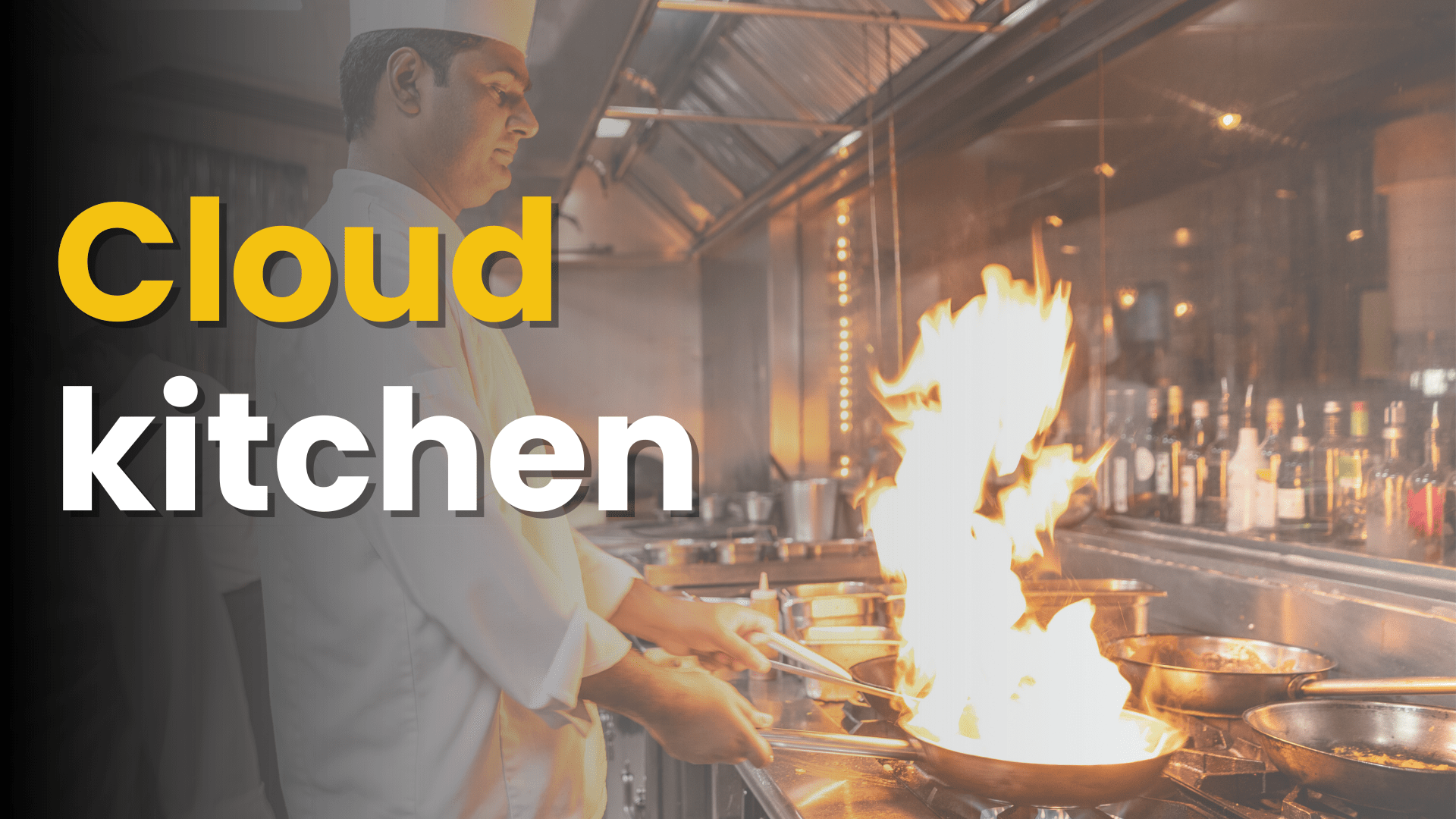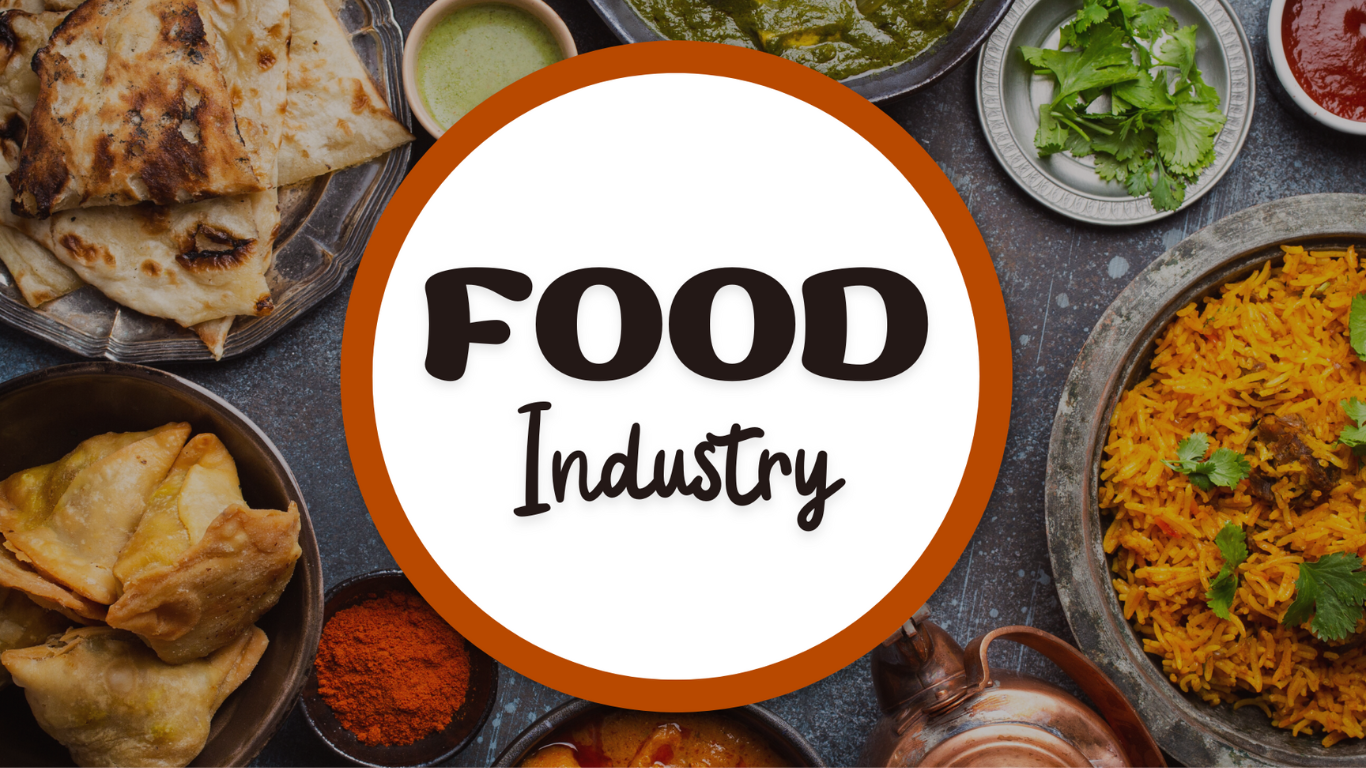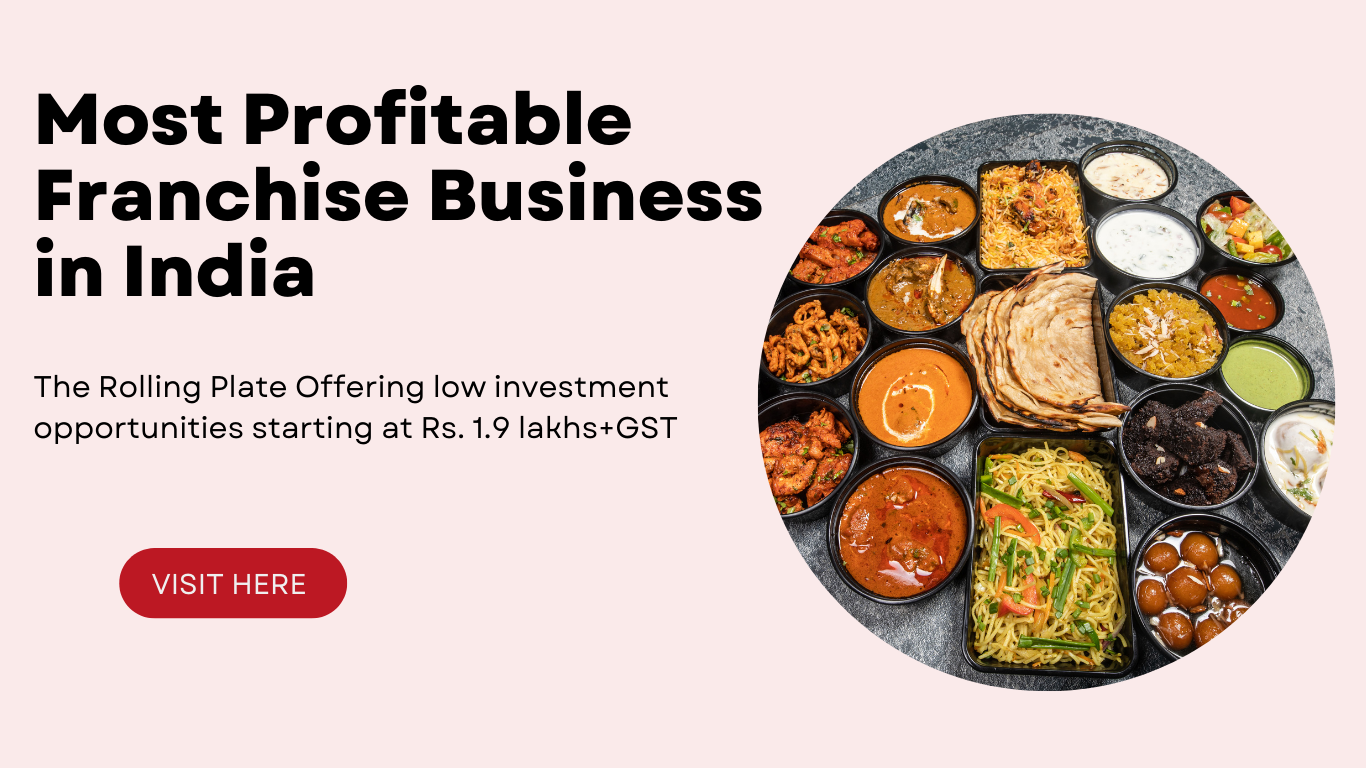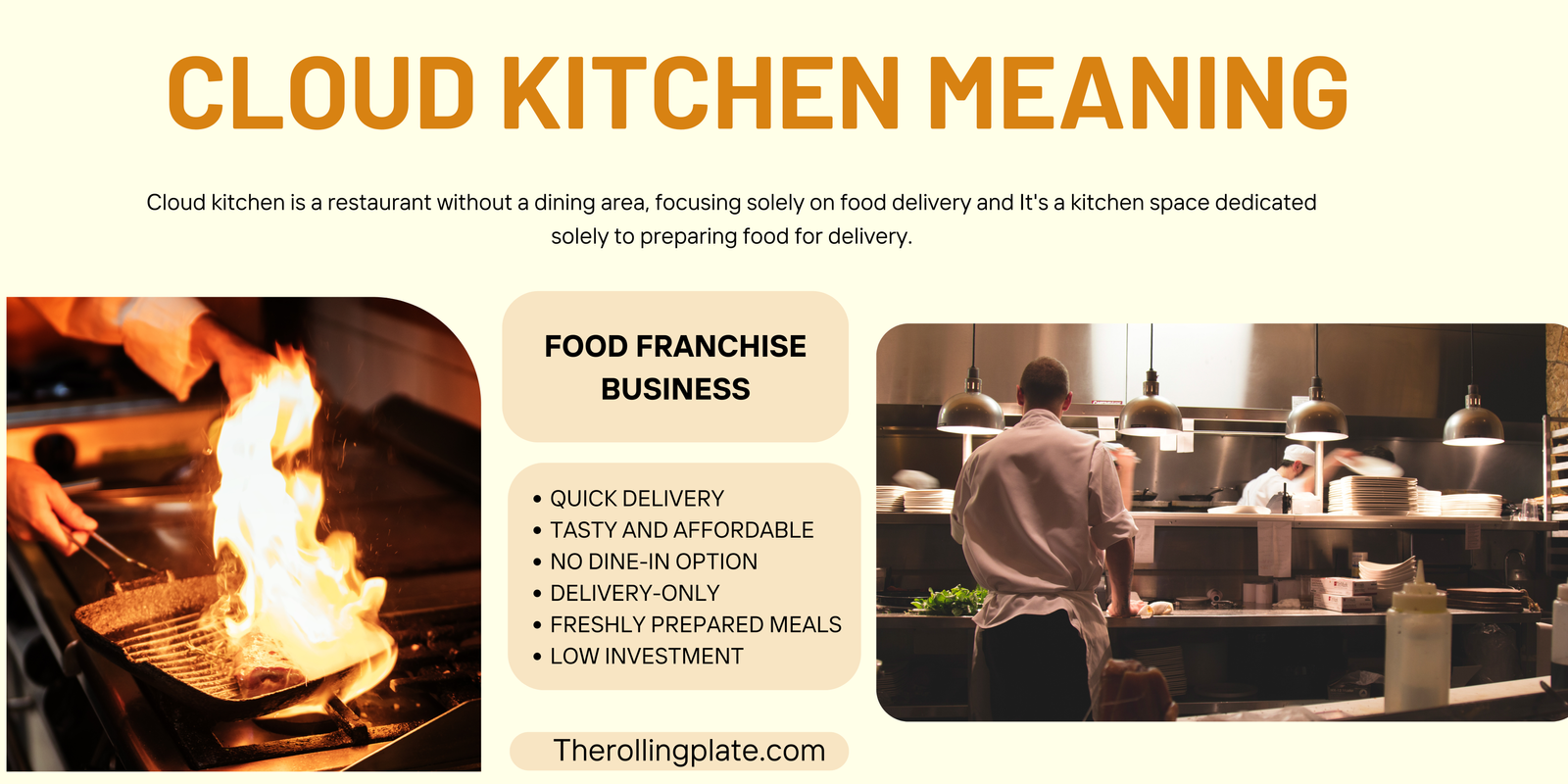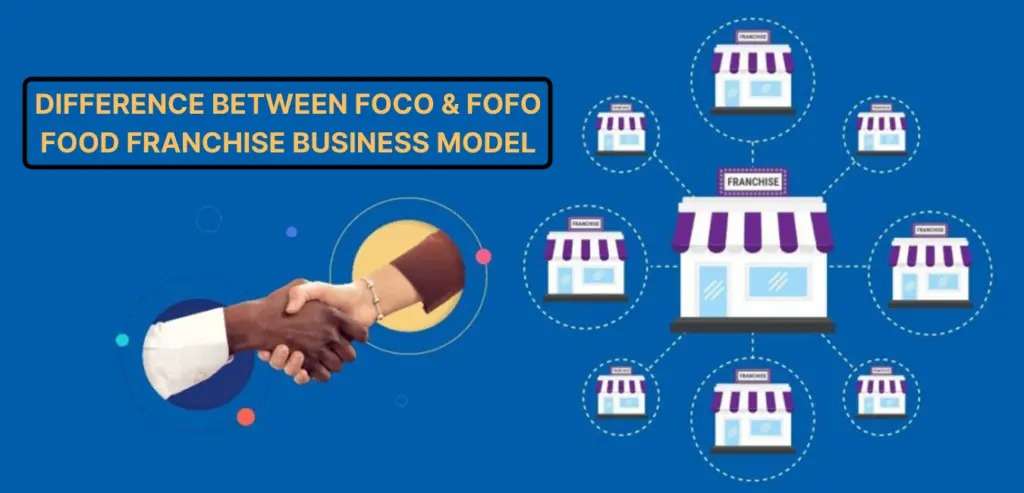Booming of Food delivery Industry in India
Booming of Food delivery Industry in India
E-commerce or Online purchasing is thriving very rapidly in India, making it one of the world’s fastest-growing online markets. One of its segments is the online food delivery market in India, which is growing in double-digit CAGR. In the early days, online food ordering and the delivery market concentrated mainly on pizza, burgers, and so on. However, this concept has sunk into the bulk of the food industry.
In 2019, India’s online food distribution industry hit a size of US$ 3.6 billion. Online ordering of food lets individuals order and obtain the right food items at the doorstep. Features such as ordering food and having it delivered at the ease of anywhere with the flexibility of either paying online or paying on delivery are some of the other factors expected to propel further the growth of India’s online food delivery industry. Additionally, lucrative offers, easy & user-friendly functionality, cashback, social media, and customer integration help grow the market for online food delivery over the forecast period.
Also, seeing the rising online food market in smaller towns and cities, restaurants, and even food retail chains is turning to the channel by linking up with different portals.
Swift digital transformation and expansion in both online customer base and consumption will allow India’s online food industry to become an $8 billion market by 2022 — a 25-30% CAGR rise. Google’s and Boston Consulting Group’s (BCG) report revealed that cuisine variety (35%) was one of the main factors for the repetitive use of online food ordering apps, followed by good discounts and ease of access.
It’s no surprise that India has one of the world’s youngest population. The Indian population’s median age is 27 years, compared to the 32-year BRICS average. The combination of growing communities and high disposable income generates sustainable consumer demand for new-age goods. In this situation, the consumer persona produced tends toward impulsive transactions rather than well-thought-out decisions. Among this age group, the ability to seek new products and services is also higher than the comparatively aging population.
Increasing access to high-speed internet facilities and increasing mobile sales are currently seeing market growth. It, in combination with the rising workforce and inflating income rates, propels the growth of India’s online food delivery industry. Although the players are mainly focused in the country’s urban regions, with Bangalore, Delhi, and Mumbai representing the three biggest markets, vendors are now targeting smaller cities, since they have high growth potential.
The rising trend of on-the-go food items and fast home delivery models offering convenience, ready-to-eat (RTE), and cheaper food delivery options are stepping up demand for online food delivery services across the country. Also, due to rising COVID-19 cases, some of the leading players, such as Zomato, McDonald’s Corporation, and Domino’s Pizza Inc., have introduced contactless delivery services. Such programs ensure that the food enters the consumer without being handled by bare hands and with appropriate social distancing steps is delivered securely.
As per economists, in the year — April 2017 until March 2018, Swiggy and Zomato jointly delivered around 96 million orders. In 2019, Zomato said its turnover in the six months up to September 2019 increased by about 225 percent to $205 million a year. Approximately 75 percent (according to Zomato’s FY19 annual report) saw a 290 percent rise in order volumes in H1FY20 relative to the span of previous years.
In addition to broader internet usage, India’s per capita income growth is also a driving force behind the rise in online food supply-demand in India.
The increasing flow of funds into the food services industry combined with rising per capita income has led to cloud kitchens emerging. Analysts in the study said cloud kitchens created a wave of chaos across the marketplace. The growth in user adoption by cloud kitchens like Faasos, Freshmenu, and several others has made the traditional restaurant model look obsolete. The market for cloud kitchens has the potential to reach $1.05bn by 2023 as per the report.
Rebel Foods running the internet kitchen brand Faasos saw a 67.34 percent rise in sales from FY17 in the year to March 2018. It now operates 1,100 Internet restaurants from a mere 250 restaurants two years ago in 15 cities across India. According to documents from the business intelligence platform Tofler, the total revenue generated in FY18 stood at Rs 149.04 crore compared to the income of Rs 89.06 crore reported in FY17. Currently, the company has 176 cloud kitchens in 15 cities and owns brands like Behrouz Biryani and Oven Story.
The number of working women has improved in the Indian workforce in recent years, particularly in the organized sectors that are centered in the city. As a consequence, there is also a growing number of double-income families. It becomes difficult for people to get time and energy to cook at home, with both the partners working and maintaining hectic work schedules. The double income situation has improved the family ‘s overall spending power. Also, leading players such as Swiggy and Zomato continue to launch lucrative consumer services, both current and fresh, to keep up the online food ordering industry’s steady pressure.
Another reason why online delivery is booming because of the price wars on the market took on a new shape in the digitalization era — discounts and cashback. In the online food delivery industry, brand loyalty based on user experience and quality seems obsolete. Looking at the market share of various domain players, Zomato (35 percent) and Swiggy (25 percent) combined have secured around 60 percent of the overall market.
Substantial discounts ranging from 25 percent to 60 percent per order were decisive in securing a majority market share for these two firms. Also, the high operating costs of the online food delivery business impact these companies ‘ financial performance. For example, the loss surge (FY’18 to FY’19) Zomato and Swiggy incurred was 7x and 6x, respectively.
At last Private sector growth in India, especially startups offering gig economy jobs, will allow for more urban migration as seen in previous years. It would increase the incidence of Western or Metropolitan lifestyle. Accordingly, this is expected to result in new-age spending and customer consumption patterns. Such example can be interpreted from a report published by the World Economic Forum (WEF) that notes the rising demand for “food at home” is the most significant driver of Indian population’s potential spending — the total expected spending on “food at home” services in 2019 is $1.3 billion in comparison to “dining out” at $0.3 billion.
Conclusion:
The urbanization of the Indian subcontinent and the modern lifestyle of the country’s citizens have led to the increased demand for online food supply. Big companies are doing their best to meet this rising demand and make the most of it. When ordering, customers also keep in mind the cost-effectiveness of joi9nts food. While competitive prices along with hygienic food preparation conditions will guarantee the productivity of a food-oriented joint distribution.

Discover our latest news
and updates now.
Top Chinese Food Franchise in India: Start Your Profitable Cloud Kitchen Today
Chinese cuisine holds a special place in the hearts (and plates) of Indians. From spicy noodles to sizzling Manchurian, Chinese food has become a daily craving across metros, towns, and even smaller cities.
June 16, 2025
Top Fast Food Franchises in India (2025)
June 16, 2025
Top Chefs in India Who Are Redefining Indian Cuisine
India has always been known for its vibrant, diverse, and deeply rooted culinary heritage. From the rustic kitchens of Punjab to the royal kitchens of Rajasthan
June 08, 2025
How to Start Up Your Own Business
You’ve heard the stories. The college dropout who built a billion-dollar tech company from a dorm room. The teenager who sold handmade soaps and turned it into a global skincare brand. Inspiring? Sure. But for many, these tales feel more myth than manual.
May 19, 2025


